![]() Last October, geobloggers lead by Kim Hannula, Erik Klemetti and us raised nearly $10000 for earth science education in US public schools through a fundraising challenge with DonorsChoose.org.
Last October, geobloggers lead by Kim Hannula, Erik Klemetti and us raised nearly $10000 for earth science education in US public schools through a fundraising challenge with DonorsChoose.org.
This year we’re going to do even more to bring needed supplies, books, and field experiences to science classrooms around the US. DonorsChoose has created Science Bloggers for Students to inspire a little friendly competition amongst your favorite science bloggers. We’ve created a giving page where we’ve hand-picked projects related to earth science, with a particular emphasis on requests for rock and mineral specimens, tools for measuring water and weather, and other hands-on science experiences.
Before we introduce you to a couple of the projects in our challenge, let’s explain how it works. Teachers submit project descriptions and materials costs to DonorsChoose, a non-profit that promotes the projects on the web. Donors read the descriptions, give any amount of money (even $5 helps a lot!) to the project of their choice, and when the project is fully funded the supplies get delivered to the classroom and the project becomes a reality. In return, donors get to see photos of the project in action, and if they give $100 or more to a project or are the final donor, they get a packet of hand-written thank you notes from the students. Even better, during the Science Bloggers for the Schools challenge (October 10 to November 9), Hewlett Packard is matching the first $50,000 that we raise. Ready to see some highlights of projects we’ve picked for our challenge?
 How about a project to give a K-8 science lab in a Chicago public school materials to let students explore fossils and geologic time through fossil casts, rock samples, geologic time charts and games to make it all fun? This project just needs $125 to make it a reality, and the world will have more students who know something about how old the earth is and how life has evolved over time. Update: This project has been fully funded! Yay!
How about a project to give a K-8 science lab in a Chicago public school materials to let students explore fossils and geologic time through fossil casts, rock samples, geologic time charts and games to make it all fun? This project just needs $125 to make it a reality, and the world will have more students who know something about how old the earth is and how life has evolved over time. Update: This project has been fully funded! Yay!
How about a project to give North Carolina eighth graders at an urban “global leadership” academy a chance to visualize groundwater flow? As the teacher points out in her project description: “Most of them have never experienced anything to do with wells and don’t know why one would run dry. They are well versed in what happens to surface water, but haven’t a clue about ground water.” This could be a generalized statement about the population of the southeastern United States in general, so it’s great that this teacher wants to tackle the challenge of ground water in her classroom. And just $121 could make it happen, but those dollars have to appear in the next 22 days.
 Or how about helping 150 students in rural Ohio study soils scientifically? The description the teacher provided of her proposed project is absolutely lovely: “Students develop skills of observation and scientific language as they become familiar with the equipment we use. They will be introduced to a problem wherein a school garden will not grow plants. They will come up with a definition of soil and what it contains. Students will research the composition of soil, with topics such as the role of particle size of weathered rocks, and organic material. Students will then be able to use scientific skills to describe the texture, consistency and color of the soils in order to identify our school soil before planting in the spring and make the necessary changes to produce the best harvest.” Want to see the students get a chance to make this happen? It takes just $276 from donors like you!
Or how about helping 150 students in rural Ohio study soils scientifically? The description the teacher provided of her proposed project is absolutely lovely: “Students develop skills of observation and scientific language as they become familiar with the equipment we use. They will be introduced to a problem wherein a school garden will not grow plants. They will come up with a definition of soil and what it contains. Students will research the composition of soil, with topics such as the role of particle size of weathered rocks, and organic material. Students will then be able to use scientific skills to describe the texture, consistency and color of the soils in order to identify our school soil before planting in the spring and make the necessary changes to produce the best harvest.” Want to see the students get a chance to make this happen? It takes just $276 from donors like you!
If you want to team up with us and DonorsChoose to bring Earth Science to schools, here’s what you can do. Give to the projects of your choice, and spread the word on facebook, twitter, and off-line. If you are a blogger, write a post or add a banner encouraging your readers to contribute to the challenge. Or consider picking your own projects from the thousands of possibilities on the DonorsChoose website, and mounting your own Science Bloggers for Students challenge. There’s still time to join, just contact Anne for details.
The Science Bloggers challenge will run until early November – perfectly timed to coincide with Earth Science Week, National Fossil Day, and the Geological Society of America meeting. You’ll be hearing from us again periodically as the month goes on, maybe with a few incentives to sweeten the deal.



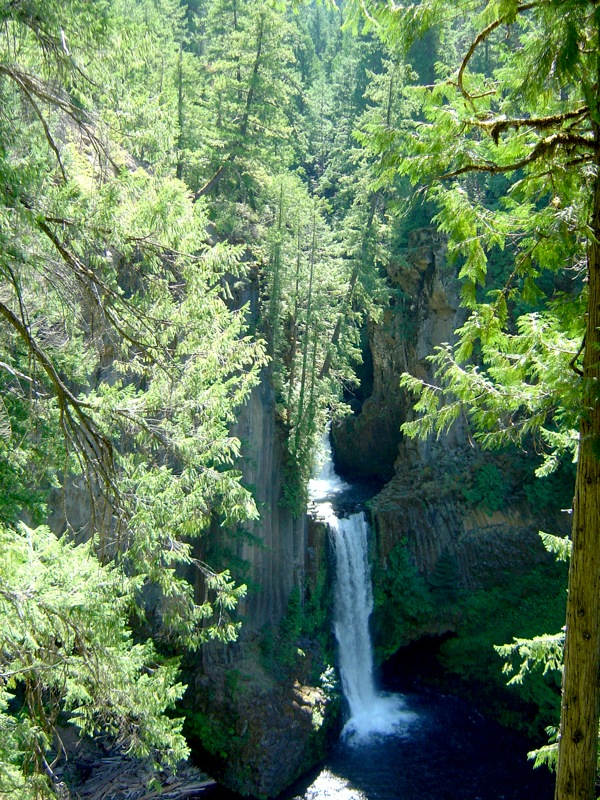
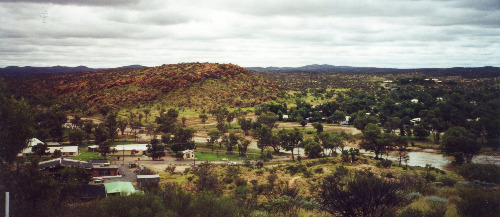

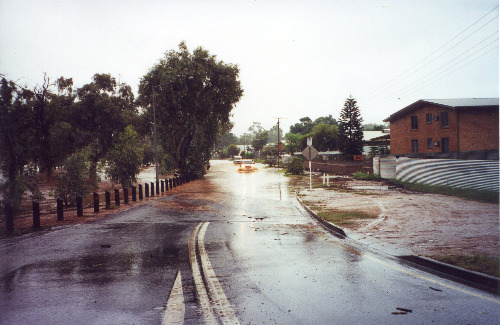
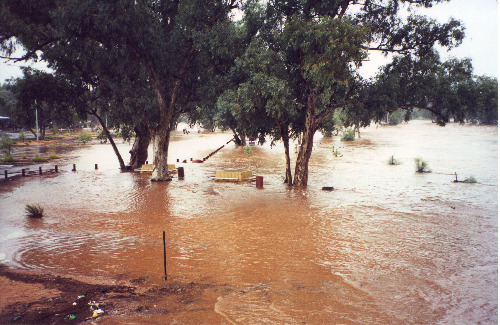
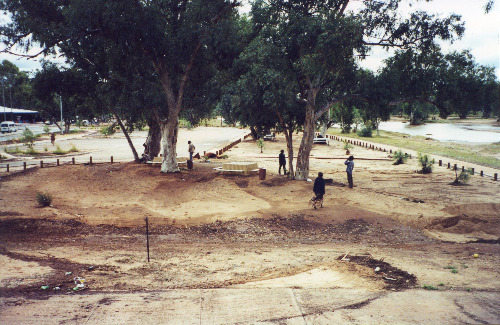
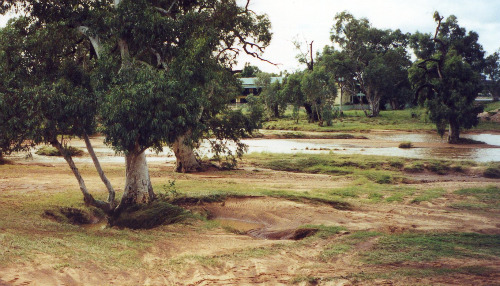
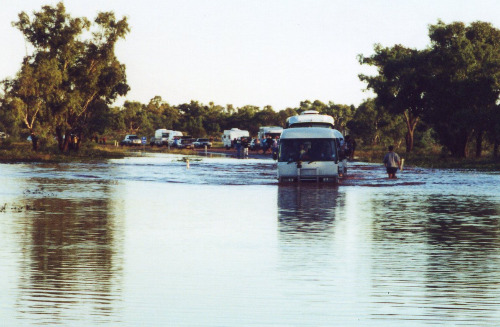
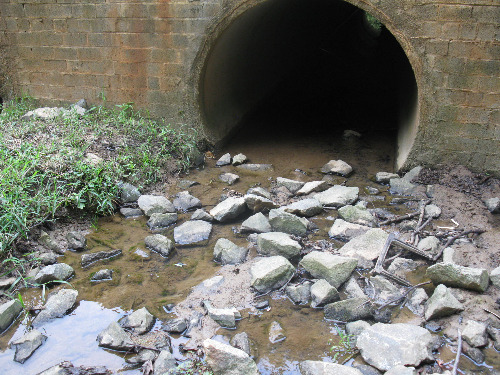


Nice plan for content warnings on Mastodon and the Fediverse. Now you need a Mastodon/Fediverse button on this blog.